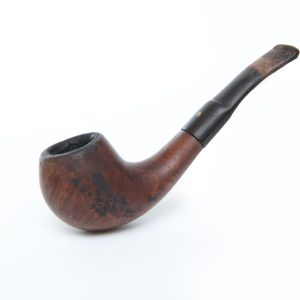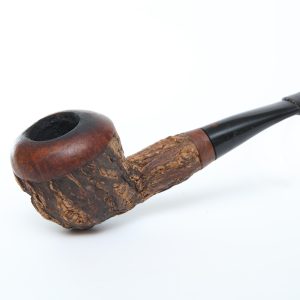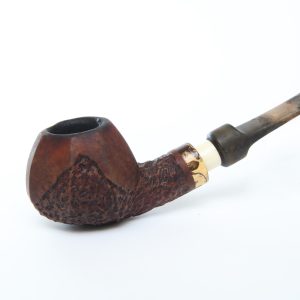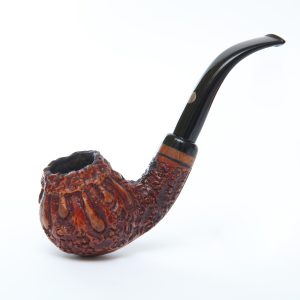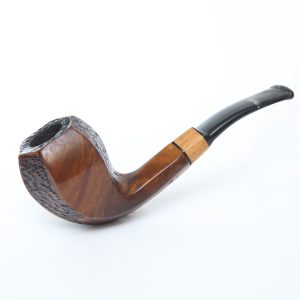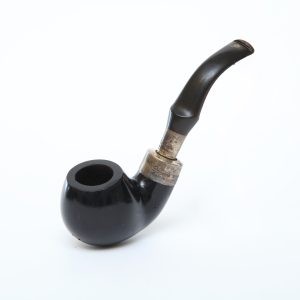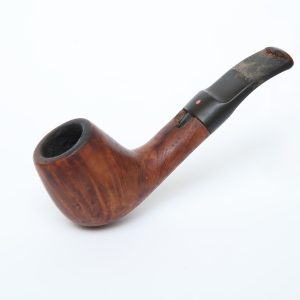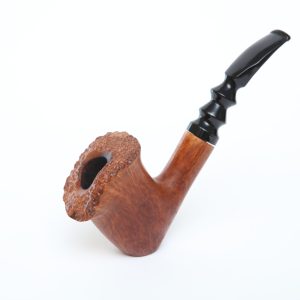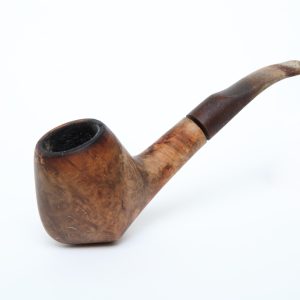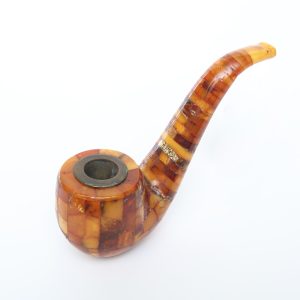Pipe: A Must-Have for Author Fan Chou, AKA Kenneth C. Fan in His Writing Process
Pipe: A Must-Have for Author Fan Chou, AKA Kenneth C. Fan in His Writing Process
1. Design and Structure: A pipe typically consists of three main parts: the bowl (where tobacco is placed), the stem (through which smoke is inhaled), and the shank (which connects the bowl to the stem). Pipes can be made from various materials, including briar wood, meerschaum, metal, or ceramic.
2. Cultural Significance: Pipes hold historical and cultural importance in many societies. Indigenous peoples in the Americas have used pipes in rituals and ceremonies, while in European culture, pipes are often associated with leisure activities and social gatherings.
3. Smoking Experience: Smoking a pipe is generally regarded as a more contemplative and relaxing experience compared to cigarettes. The process involves packing the bowl with tobacco, lighting it, and then inhaling the smoke through the stem.
4. Craftsmanship: High-quality pipes are often handcrafted and can be considered works of art. The craftsmanship of pipe-making includes carving, shaping, and polishing, with attention to airflow and ergonomics being essential factors.
5. Collectible Value: Pipes can also serve as collectibles, with enthusiasts valuing the craftsmanship, design, and historical significance of antique or custom pipes.
1. Design and Structure: A pipe typically consists of three main parts: the bowl (where tobacco is placed), the stem (through which smoke is inhaled), and the shank (which connects the bowl to the stem). Pipes can be made from various materials, including briar wood, meerschaum, metal, or ceramic.
2. Cultural Significance: Pipes hold historical and cultural importance in many societies. Indigenous peoples in the Americas have used pipes in rituals and ceremonies, while in European culture, pipes are often associated with leisure activities and social gatherings.
3. Smoking Experience: Smoking a pipe is generally regarded as a more contemplative and relaxing experience compared to cigarettes. The process involves packing the bowl with tobacco, lighting it, and then inhaling the smoke through the stem.
4. Craftsmanship: High-quality pipes are often handcrafted and can be considered works of art. The craftsmanship of pipe-making includes carving, shaping, and polishing, with attention to airflow and ergonomics being essential factors.
5. Collectible Value: Pipes can also serve as collectibles, with enthusiasts valuing the craftsmanship, design, and historical significance of antique or custom pipes.
In summary, a pipe is not merely a functional object; it carries cultural, historical, and artistic value.
In summary, a pipe is not merely a functional object;
it carries cultural, historical, and artistic value.
-
煙斗(PS)
煙斗輕握:從容與權威並存
-
煙斗(PS)
煙斗狂想:滄桑而真
-
煙斗(PS)
紳士的山嵐之境
-
煙斗(PS)
熾焰之形:大地之靈的煙斗詩篇
-
煙斗(PS)
內斂與粗獷的對話
-
煙斗(PS)
煙斗的詩意:工藝與哲思的融合
-
煙斗(PS)
表象與本質的對話
-
煙斗(PS)
煙斗工藝之魂
-
煙斗(PS)
一支煙斗的生活哲學
-
煙斗(PS)
煙影流轉 ‧ 靜觀匠心

